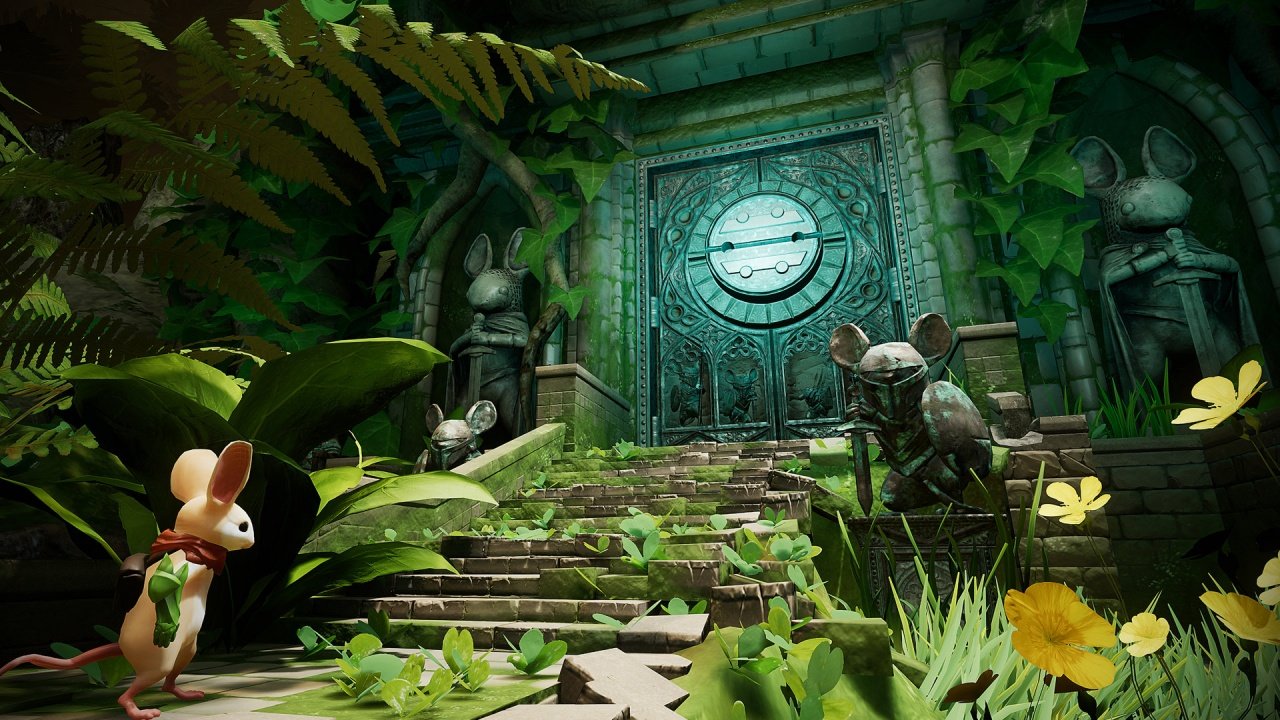

"We’re taking what we’ve learned since launching PSVR on PS4 to develop a next-gen VR system that enhances everything from resolution and field of view to tracking and input," says Nishino. Other than that, Sony Senior Vice President Hideaki Nishino says that the headset will improve on the original in several areas. The PS5’s Tempest 3D AudioTech will be utilized, giving players surround sound audio that adds to the immersion. In addition, PSVR 2 will come with “new sensory features,” such as a built-in motor that vibrates during gameplay. Most notably, the new PSVR will use a single-cord setup instead of the convoluted, multi-cable box that the PSVR currently uses. In fact, it's referring to the new headset as a "new VR format" entirely. Sony says that it learned a lot of lessons with its first attempt at VR and that the new headset will iterate on the original in some important ways. PSVR 2 aims to improve substantially from its predecessor. The PSVR 2 Sense controllers will work in tandem with the headset to give players more immersive experiences. This enables you to make more natural gestures with your hands during gameplay,” says Sony. “The controller can detect your fingers without any pressing in the areas where you place your thumb, index, or middle fingers. Sony describes the technology in its announcement post. Other features include finger touch detection. That means players will get to experience both haptic feedback and adaptive triggers in VR games. What’s special about the new controllers is that they borrow features from the PS5’s DualSense. Like a normal PlayStation controller, these feature four primary face buttons, two joysticks, and four triggers split between the two devices.

The PSVR 2 Sense controllers adopt a round design that surrounds the controls themselves. Rather than sticking with the Wiimote-style design of the PlayStation Move, Sony opted for something that more closely resembles the Oculus Touch.


 0 kommentar(er)
0 kommentar(er)
